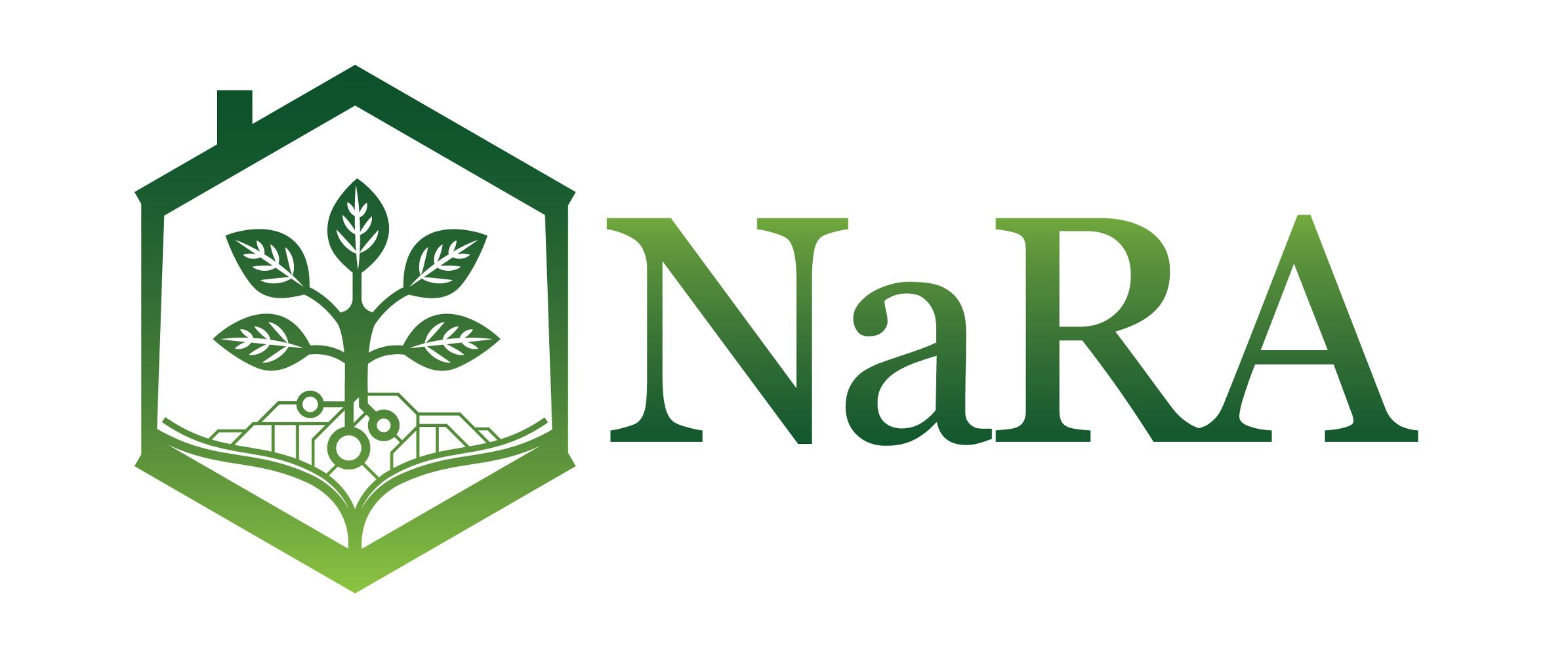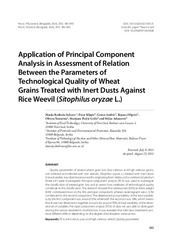Application of Principal Component Analysis in Assessment of Relation Between the Parameters of Technological Quality of Wheat Grains Treated with Inert Dusts Against Rice Weevil (Sitophilus oryzae L.)
Analiza tretmana pšenice inertnim prašivima sa ciljem zaštite od pirinčanog žiška (Sitophilus oryzae L.) kroz promenu parametara tehnološkog kvaliteta primenom metode glavnih komponenti
| dc.contributor.author | Bodroza-Solarov, Marija | |
| dc.contributor.author | Kljajic, Petar | |
| dc.contributor.author | Andric, Gor an | |
| dc.contributor.author | Filipčev, Bojana | |
| dc.contributor.author | Simurina, Olivera | |
| dc.contributor.author | Prazic Golic, Marijana | |
| dc.contributor.author | Adamovic, Milan | |
| dc.date.accessioned | 2015-11-07T16:39:40Z | |
| dc.date.available | 2015-11-07T16:39:40Z | |
| dc.identifier.uri | http://arhiva.nara.ac.rs/handle/123456789/1413 | |
| dc.description.abstract | Quality parameters of several wheat grain lots (low vitreous and high vitreous grains, non-infested and infested with rice weevils, (Sitophilus oryzae L.) treated with inert dusts (natural zeolite, two diatomaceous earths originating from Serbia and a commercial product Protect-It®) were investigated. Principal component analysis (PCA) was used to investigate the classification of treated grain lots and to assess how attributes of technological quality contribute to this classification. This research showed that vitreousness (0.95) and test weight (0.93) contributed most to the first principal component whereas extensigraph area (-0.76) contributed to the second component. The determined accountability of the total variability by the first component was around 55%, while with the second it was 18%, which means that those two dimensions together account for around 70% of total variability of the observed set of variables. Principal component analysis (PCA) of data set was able to distinguish among the various treatments of wheat lots. It was revealed that inert dust treatments produce different effects depending on the degree of endosperm vitreousness. | en |
| dc.description.abstract | Cilj istraživanja je ispitivanje uticaja tretmana inertnih prašiva (prirodni zeolit i dve dijatomejske zemlje poreklom iz Srbije, kao i komercijalni preparat Protect-It®) na brašnavu i staklavu pšenicu, infestiranu i neinfestiranu pirinčanim žiškom (Sitophilus oryzae L.), kroz parametre tehnološkog kvaliteta. Primenom metoda analize glavnih komponenti (PCA) zaključeno je da se ukupna varijabilnost (preko 73%) posmatranog skupa može dovoljno objasniti pomoću prve dve dimenzije, ili glavne komponente. Najveći uticaj na formiranje prve glavne komponente imali su procenat staklavosti (0,95) i hektolitarska masa (0,93), dok je druga glavna komponenta najbolje objašnjena kroz parametar tehnološkog kvaliteta, energije na ekstenzogramu (-0,76). Primenjen metod je ukazao na značajan uticaj staklavosti pšenice na efekat inertnih prašiva. Istovremeno, potvrđen je uticaj prašiva na smanjenje stepena infestiranosti i poboljšanje parametara kvaliteta. Takođe, pokazano je da različita inertna prašiva daju slične efekte pri istoj staklavosti endosperma pšenice. | sr |
| dc.subject | PCA | sr |
| dc.subject | Inert dusts | en |
| dc.subject | Low and high vitreous wheat | en |
| dc.subject | Quality parameters | en |
| dc.subject | inertna prašiva | sr |
| dc.subject | brašnava i staklava pšenica | sr |
| dc.subject | kvalitet | sr |
| dc.title | Application of Principal Component Analysis in Assessment of Relation Between the Parameters of Technological Quality of Wheat Grains Treated with Inert Dusts Against Rice Weevil (Sitophilus oryzae L.) | en |
| dc.title.alternative | Analiza tretmana pšenice inertnim prašivima sa ciljem zaštite od pirinčanog žiška (Sitophilus oryzae L.) kroz promenu parametara tehnološkog kvaliteta primenom metode glavnih komponenti | sr |
Files in this item
This item appears in the following Collection(s)
-
VOL 26 *No.4
http://www.pesting.org.rs/2011.php



